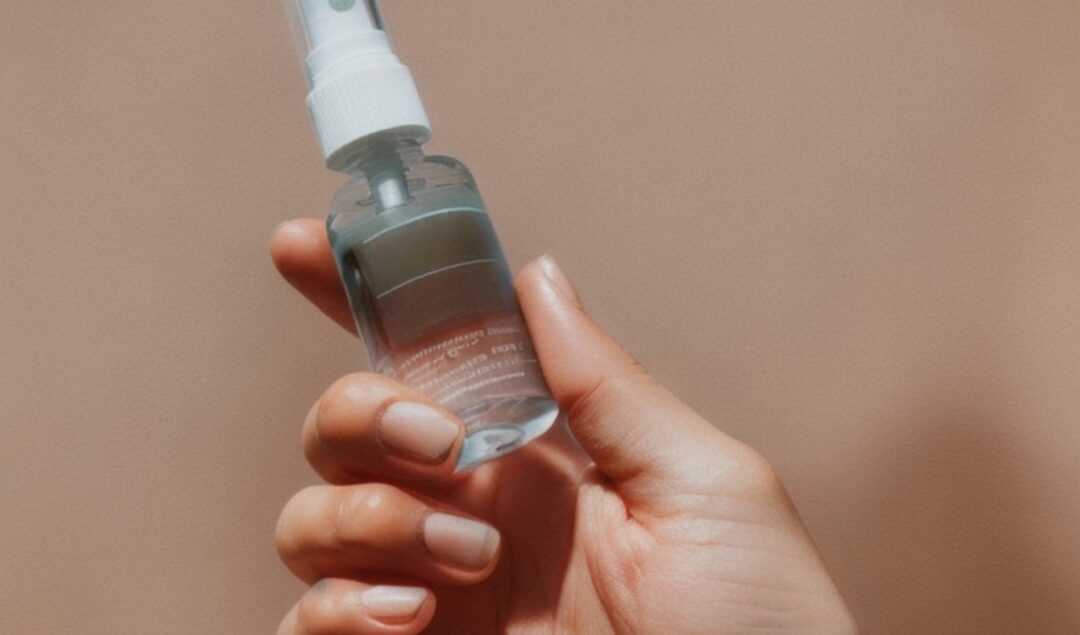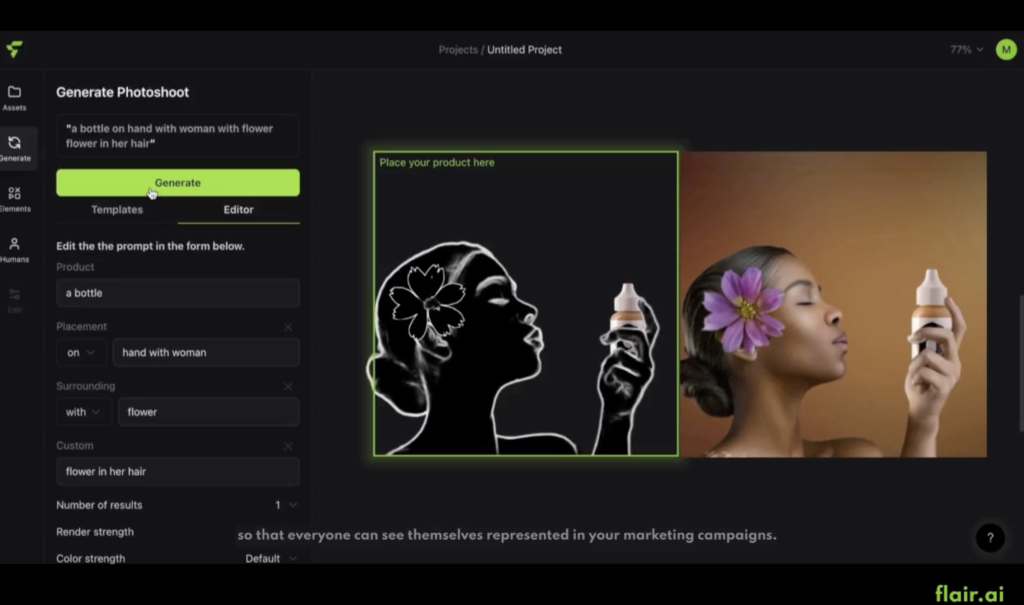The Tech Company Creating Diverse AI Models… Defeats The Purpose Of Diversity?

Co-founder of Flair AI, Mickey Friedman, has announced the company has generated thousands of composable human models in various poses to sell the target company’s beauty products.
Friedman said they are helping to “speak to the audience’s diversity and reflect the target market.”
Flair AI, founded in New York, is an AI design tool for branded content, allowing users to generate high-end product photography in minutes for CPG (consumer packaged goods) and beauty Brands.
Friedman posted that companies can “target different demographics and represent your audience in marketing campaigns,” which had mixed reactions between Twitter and LinkedIn.
What did users think?
One LinkedIn user commented, “Pondering on the ethics of this: using images from real, diverse, human models to train AI. To allow a business to APPEAR to support diversity, without genuinely doing so.”

This was a similar debate when fashion brand Levi’s decided to use AI-generated models to “increase diversity” as they partnered with LaLaLand.ai, founded by Zimbabwe man, Michael Musandu, who wanted to address the lack of diversity in the fashion industry.
However, they faced backlash from Black and brown people, including 28-year-old model Jasmine Rutledge who told Business Insider that she thinks it’s silly because there are so many diverse models out there, and these companies are not willing to go out of their way to book them.
Another user on LinkedIn commented under Friedman’s post, “This is only a problem for companies that don’t want to hire and pay for diverse modeling talent.”
An increase in AI-generated models
Levi’s was not the only company using AI models. Last year, British retailer Marks and Spencer introduced a computer-generated digital influencer for their Instagram.
Additionally, all three of the models on the cover of Singapore Vogue were AI-generated at the start of the year, and recently, Dutch entrepreneur Danny Postma launched Deep Agency, an AI modeling agency.
Although she was not AI-generated, the 2018 South African model Shudu Gram was created by a white man, Cameron James-WIlson, using an online 3-D drawing program. She currently has a following of 245K followers on Instagram and was named one of the most influential ‘people’ online by Time magazine.
According to Zippia data, on runway model demographics in the USA, 55% of models were white, 17.1% were of Black or African American ethnicity, and 12% were of Hispanic or Latino ethnicity.
However, with the number of Black and brown models rising, Vogue Business reported that during fashion month this year, many Black models still had to do their own textured hair due to hairdressers’ lack of expertise.
Should these stats against the experiences highlight the need for an increase in real Black and brown models rather than an increase in AI-generated models?
AI hands solved
AI-generated hands have been confusing, and a point of laughter for many as the problem stems from the generators’ ability to envision information from the vast data sets of images they have been trained on.
A generator can compute that hands have fingers, but it’s harder to train it to know that there should only be five and that lengths between fingers may differ.
Therefore, other reactions to Friedman’s announcement were excitement as the models could use their hands to hold products which used to be known as a problem for AI models.
Friedman also tweeted that Flair AI can generate hands, extremely average, five-fingered hands that can hold your product, raising excitement from followers.
While this is a breakthrough in AI-generated models, it still leaves a question mark around our real Black and Brown models who deserve a chance in the industry.



